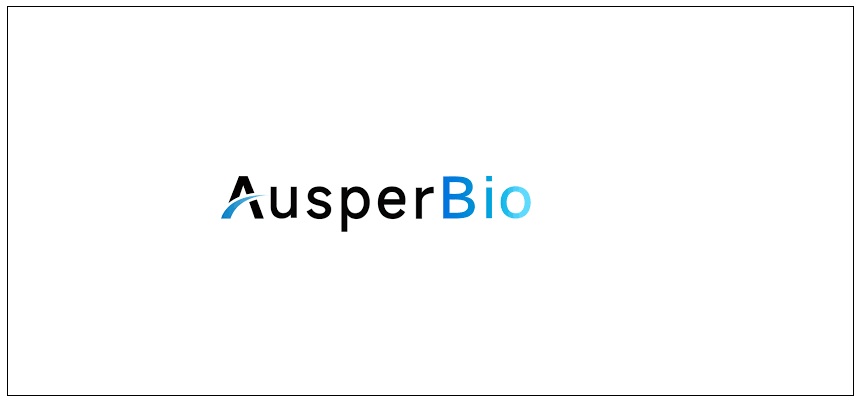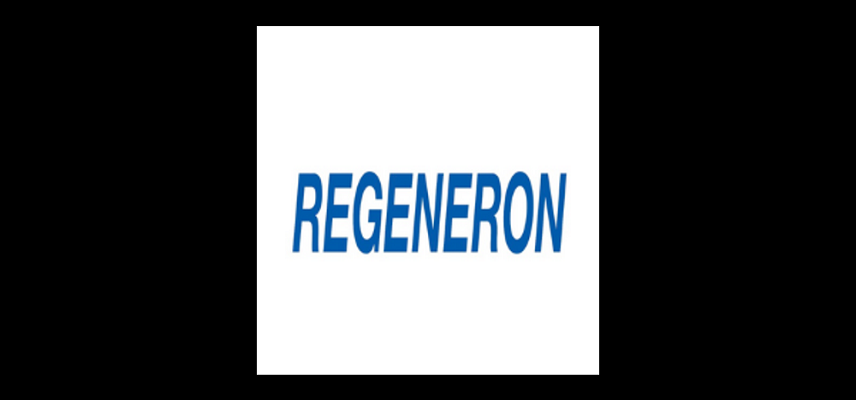Johnson & Johnson Seeks US & EU Approvals for Darzalex Faspro/Darzalex for Multiple Myeloma
Johnson & Johnson seeks US & EU approvals for Darzalex Faspro/Darzalex as subcutaneous monotherapy for high-risk smoldering multiple myeloma
Overview
Johnson & Johnson announced the submission of regulatory applications to the US Food and Drug Administration (FDA) and European Medicines Agency (EMA) seeking approval of a new indication for Darzalex Faspro (daratumumab and hyaluronidase-fihj) in the US and Darzalex subcutaneous (SC) formulation in the European Union (EU).
Applications Support
The applications are supported by data from the ongoing phase 3 AQUILA study (NCT03301220) of Darzalex Faspro as monotherapy for the treatment of adult patients with high-risk smoldering multiple myeloma.
About Smoldering Multiple Myeloma
- Smoldering multiple myeloma is an early precursor of active multiple myeloma, where abnormal cells can be detected in the bone marrow, but patients are typically asymptomatic.
- Fifteen percent of all cases of newly diagnosed multiple myeloma are classified as smoldering multiple myeloma, and half of those diagnosed with high-risk disease will progress to active multiple myeloma within two years.
- Currently, smoldering multiple myeloma is not generally treated until active multiple myeloma develops.
- Instead, the standard approach is observation to track the disease for signs of biochemical progression and/or end organ damage, when treatment tends to be initiated.
- Recent evidence suggests that those at high-risk for progression to active multiple myeloma could benefit from earlier therapeutic intervention.
Statement from the Johnson & Johnson
- There remains an unmet need for early interventions and treatments that are both effective and well tolerated in people living with smoldering multiple myeloma at high-risk of progressing to active multiple myeloma,” said Yusri Elsayed, M.D., M.H.Sc., Ph.D. global therapeutic area head, oncology, innovative medicine, Johnson & Johnson.
- Darzalex has changed the standard of care in multiple myeloma, and with these submissions to the FDA and EMA, this therapy could become the first approved treatment for patients with high-risk smoldering multiple myeloma, potentially shifting the treatment paradigm.”
Safety & Efficacy of Darzalex Faspro
The first data from the AQUILA study, evaluating the safety and efficacy of Darzalex Faspro compared to active monitoring in participants with high-risk smoldering multiple myeloma, will be presented at the 2024 American Society of Haematology (ASH) Annual Meeting, taking place in San Diego from December 7-10.
About AQUILA
- AQUILA (NCT03301220) is a randomized, multicenter phase 3 study investigating Darzalex Faspro versus active monitoring in patients (n=390) with high-risk smoldering multiple myeloma.
- The primary endpoint is progression free survival and secondary endpoints include time to progression, overall response rate and overall survival.
- Patients in the study were diagnosed with smoldering multiple myeloma in the last five years and were excluded if they had prior exposure to approved or investigational treatments for smoldering multiple myeloma or multiple myeloma.
About Smoldering Multiple Myeloma
- Smoldering multiple myeloma is an asymptomatic precursor state to multiple myeloma.
- Patients with smouldering multiple myeloma have higher levels of abnormal plasma cells in the bone marrow and an elevated monoclonal protein (M-protein) level in the blood, but they do not yet exhibit the symptoms commonly associated with active multiple myeloma, particularly end-organ damage.
- Fifteen percent of all cases of newly diagnosed multiple myeloma are classified as smoldering multiple myeloma, and half of those diagnosed with high-risk disease will progress to active multiple myeloma within two years.
About Multiple Myeloma
- Multiple myeloma is a blood cancer that affects a type of white blood cell called plasma cells, which are found in the bone marrow.
- In multiple myeloma, these malignant plasma cells proliferate and replace normal cells in the bone marrow.
- Multiple myeloma is the second most common blood cancer worldwide and remains an incurable disease.
- In 2024, it is estimated that more than 35,000 people will be diagnosed with multiple myeloma in the US and more than 12,000 will die from the disease.
- People with multiple myeloma have a 5-year survival rate of 59.8 per cent.
- While some people diagnosed with multiple myeloma initially have no symptoms, most patients are diagnosed due to symptoms that can include bone fracture or pain, low red blood cell counts, tiredness, high calcium levels, kidney problems or infections.
About Darzalex Faspro: FDA Approvals
- Darzalex Faspro (daratumumab and hyaluronidase-fihj) received US FDA approval in May 2020 and is approved for nine indications in multiple myeloma, four of which are for frontline treatment in newly diagnosed patients who are transplant eligible or ineligible.
- It is the only subcutaneous CD38-directed antibody approved to treat patients with multiple myeloma.
- Darzalex Faspro is co-formulated with recombinant human hyaluronidase PH20 (rHuPH20), Halozyme’s Enhanze drug delivery technology.
Darzalex: FDA Approval
Darzalex (daratumumab) received US FDA approval in November 2015 and is approved in eight indications, three of which are in the frontline setting, including newly diagnosed patients who are transplant-eligible and ineligible.
Darzalex: CD38-Directed Antibody
- Darzalex is the first CD38-directed antibody approved to treat multiple myeloma.
- Darzalex-based regimens have been used in the treatment of more than 518,000 patients worldwide and more than 68,000 patients in the US alone.
In August 2012, Janssen Biotech, Inc. and Genmab A/S entered a worldwide agreement, which granted Janssen an exclusive license to develop, manufacture and commercialize daratumumab.
All About Darzalex Faspro
Darzalex Faspro (daratumumab and hyaluronidase-fihj) is indicated for the treatment of adult patients with multiple myeloma:
- In combination with bortezomib, lenalidomide, and dexamethasone for induction and consolidation in newly diagnosed patients who are eligible for autologous stem cell transplant;
- In combination with bortezomib, melphalan, and prednisone in newly diagnosed patients who are ineligible for autologous stem cell transplant;
- In combination with lenalidomide and dexamethasone in newly diagnosed patients who are ineligible for autologous stem cell transplant and in patients with relapsed or refractory multiple myeloma who have received at least one prior therapy;
- In combination with bortezomib, thalidomide, and dexamethasone in newly diagnosed patients who are eligible for autologous stem cell transplant;
- In combination with pomalidomide and dexamethasone in patients who have received at least one prior line of therapy including lenalidomide and a proteasome inhibitor (PI);
- In combination with carfilzomib and dexamethasone in patients with relapsed or refractory multiple myeloma who have received one to three prior lines of therapy;
- In combination with bortezomib and dexamethasone in patients who have received at least one prior therapy;
- As monotherapy in patients who have received at least three prior lines of therapy including a PI and an immunomodulatory agent or who are double refractory to a PI and an immunomodulatory agent.
About Darzalex: Indication
Darzalex (daratumumab) is indicated for the treatment of adult patients with multiple myeloma:
- In combination with bortezomib, melphalan, and prednisone in newly diagnosed patients who are ineligible for autologous stem cell transplant;
- In combination with lenalidomide and dexamethasone in newly diagnosed patients who are ineligible for autologous stem cell transplant and in patients with relapsed or refractory multiple myeloma who have received at least one prior therapy;
- In combination with bortezomib, thalidomide, and dexamethasone in newly diagnosed patients who are eligible for autologous stem cell transplant;
- In combination with pomalidomide and dexamethasone in patients who have received at least one prior line of therapy including lenalidomide and a proteasome inhibitor;
- In combination with carfilzomib and dexamethasone in patients with relapsed or refractory multiple myeloma who have received one to three prior lines of therapy;
- In combination with bortezomib and dexamethasone in patients who have received at least one prior therapy;
- As monotherapy in patients who have received at least three prior lines of therapy including a proteasome inhibitor (PI) and an immunomodulatory agent or who are double-refractory to a PI and an immunomodulatory agent.

Optimize Your trial insights with Clival Database.
Are you exhausted from the uncertainty of trial insights pricing? Clival Database ensures the clarity in the midst of the global scenario for clinical trials to you.Clival Database is one of the best databases that offers an outstanding number of clinical trial data in terms of 50,000+ molecules and from primary regulatory markets as well as new entrants like Indian and Chinese markets.
With Clival, you get accurate positioning of historical sales data, patent database, company profiling, safety & efficacy, and prediction of launch of new innovative molecules helping you to align your research and driving down the cost.
To add value, we further break down our analytics for you so that improving your operational effectiveness; optimizing your clinical trials; and offering you accurate and high-quality data at lowest possible prices becomes possible.
Elevate your trial success rate with the cutting-edge insights from Clival database.
Check it out today and make more informed sourcing decisions! Learn More!







